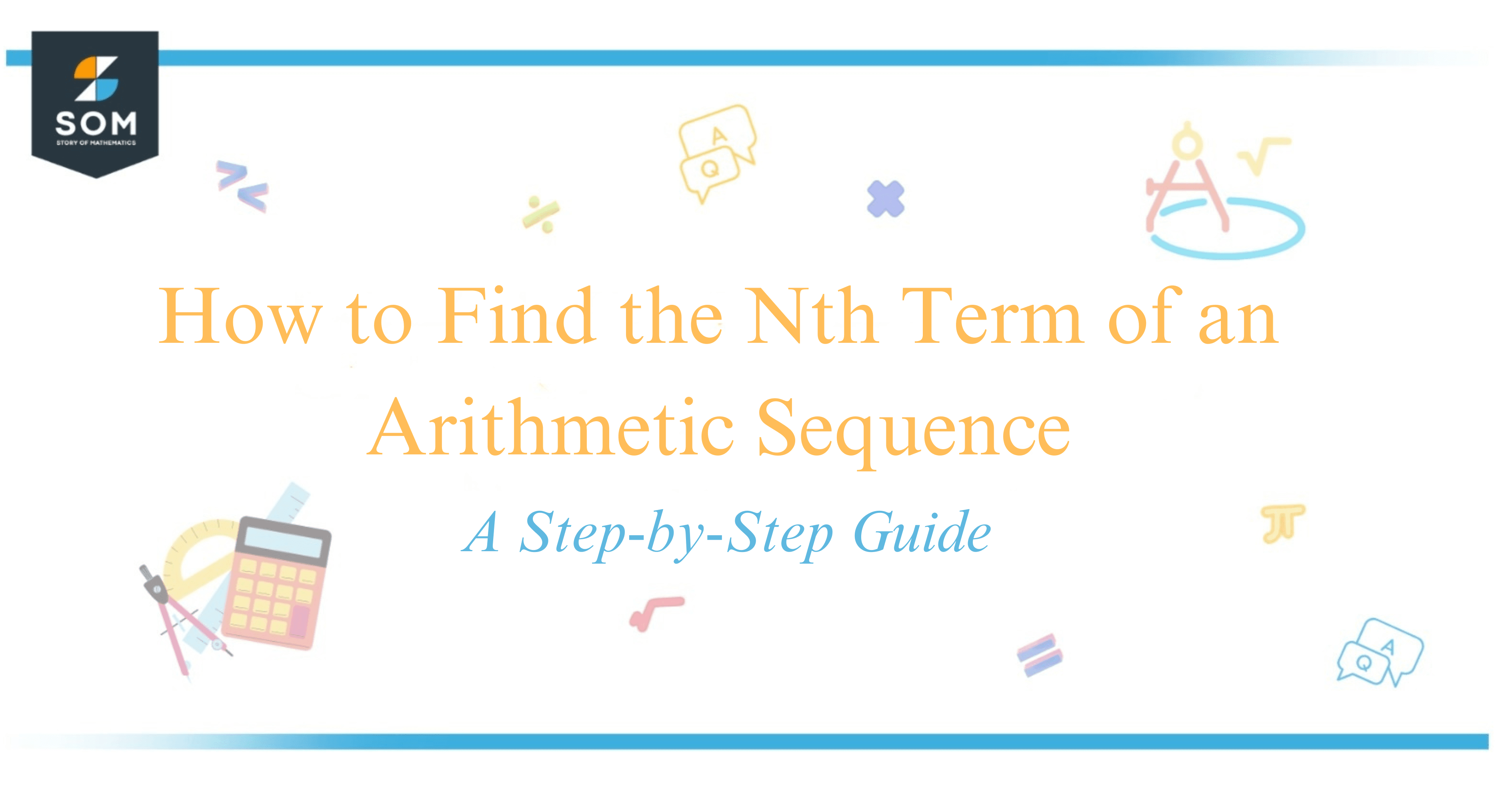
To find the nth term of an arithmetic sequence, first understand that it is a series of numbers with a constant difference between consecutive terms. This difference is known as the common difference, denoted as ( d ).
The formula to calculate the nth term $a_n$ of an arithmetic sequence is given by $a_n = a_1 + (n – 1)d$, where $a_1$ is the first term and ( n ) is the position of the term you want to find. This straightforward formula allows you to quickly determine the value of any term in the sequence, as long as you have the first term and the common difference.
For example, if I have an arithmetic sequence where the first term $a_1$ is 3 and the common difference ( d ) is 5, and I wish to find the 10th term, I would plug these values into the formula: $a_{10} = 3 + (10 – 1) \times 5$. Calculating this, I’ll find out that the 10th term is 48.
Understanding this concept not only helps in academic settings but also in real-world scenarios where patterns and predictable progressions occur. The consistency within arithmetic sequences makes them a fundamental element of algebra and a stepping stone for understanding more complex mathematical concepts.
Steps Involved In Calculating the Nth Term Of an Arithmetic Sequence
When I’m working on sequences in mathematics, one of the most common tasks is to find the nth term of an arithmetic sequence. Here, I’ll outline the straightforward steps necessary to calculate this term.
Step 1: First, it’s important to identify the first term of the sequence, which we denote as $a_1$. Take, for example, the first five terms of an arithmetic sequence that are 2, 4, 6, 8, and 10. Here, my first term, $a_1$, is 2.
Step 2: Next, I determine the common difference, $d$, by subtracting any term from the subsequent term. In my case, subtracting the second term, 4, from the third term, 6, gives me a common difference, $d$, of 2. This difference is constant between any two consecutive terms.
Step 3: To find the nth term, or $a_n$, I apply the arithmetic sequence formula:
$$ a_n = a_1 + (n – 1) \times d $$
So, if I need to find the 10th term in my sequence, I’d plug my values into the formula like this:
$$ a_{10} = 2 + (10 – 1) \times 2 $$ $$ a_{10} = 2 + 9 \times 2 $$ $$ a_{10} = 2 + 18 $$ $$ a_{10} = 20 $$
My 10th term, or $a_{10}$, is 20.
Here’s a quick table to show how the formula works with the given sequence:
| Term Index, n | nth Term, $a_n$ | Calculation |
|---|---|---|
| 1 | 2 | $2 + (1-1) \times 2$ |
| 2 | 4 | $2 + (2-1) \times 2$ |
| 3 | 6 | $2 + (3-1) \times 2$ |
| 4 | 8 | $2 + (4-1) \times 2$ |
| 5 | 10 | $2 + (5-1) \times 2$ |
Armed with this knowledge and my trusty calculator, I can find the nth term of any arithmetic sequence.
Conclusion
In my experience, learning how to determine the $n^{th}$ term of an arithmetic sequence simplifies the process of understanding patterns in number series. I’ve found that the key formula, $a_n = a_1 + (n-1)d$, where $a_n$ represents the $n^{th}$ term, $a_1$ is the first term, and $d$ is the common difference, is crucial.
I always start by identifying the first term and the common difference. These two values are the foundation, as every other term in the sequence builds upon them. Remembering that the common difference is the consistent interval between consecutive terms helps me quickly find any term in the sequence.
Once the pattern is clear, I apply the formula to find any other term’s value. For example, if I wanted to calculate the $10^{th}$ term and I know that the first term is 4 and each subsequent term increases by 3, it’s straightforward. I would insert these values into the formula to get $a_{10} = 4 + (10-1)\cdot 3$, which results in $a_{10} = 31$.
My advice is to practice with different sequences. The more I practice, the more intuitive finding the $n^{th}$ term becomes, just like any other mathematical skill. Also, when analyzing sequences, I pay attention to avoid common mistakes, such as overlooking negative common differences or miscounting the term’s position within the sequence.
By keeping these tips in mind, I trust that you will also find determining the $n^{th}$ term of an arithmetic sequence straightforward and logical.
